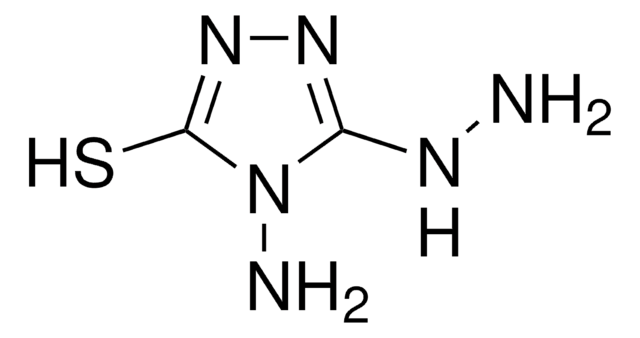K2755
2-Keto-3-deoxyoctonate ammonium salt
≥97%
Synonym(s):
3-Deoxyoctulosonic acid, KDO
About This Item
Recommended Products
Assay
≥97%
form
powder
storage temp.
−20°C
SMILES string
N.OCC(O)C1OC(O)(CC(O)C1O)C(O)=O
InChI
1S/C8H14O8.H3N/c9-2-4(11)6-5(12)3(10)1-8(15,16-6)7(13)14;/h3-6,9-12,15H,1-2H2,(H,13,14);1H3
InChI key
UDJBBKGYARWWNJ-UHFFFAOYSA-N
Looking for similar products? Visit Product Comparison Guide
Application
- Synthesis of KDO Analogues: A significant study focused on the synthesis of analogues of 3-deoxy-D-manno-octulosonic acid (KDO), which includes compounds such as 2-Keto-3-deoxyoctonate ammonium salt. These analogues were evaluated as potential inhibitors of CMP-KDO synthetase, playing a critical role in the development of new therapeutic agents targeting bacterial infections and enhancing understanding of bacterial lipopolysaccharide synthesis (Luthman et al., 1987).
Biochem/physiol Actions
Storage Class Code
11 - Combustible Solids
WGK
WGK 3
Flash Point(F)
Not applicable
Flash Point(C)
Not applicable
Personal Protective Equipment
Certificates of Analysis (COA)
Search for Certificates of Analysis (COA) by entering the products Lot/Batch Number. Lot and Batch Numbers can be found on a product’s label following the words ‘Lot’ or ‘Batch’.
Already Own This Product?
Find documentation for the products that you have recently purchased in the Document Library.
Customers Also Viewed
Our team of scientists has experience in all areas of research including Life Science, Material Science, Chemical Synthesis, Chromatography, Analytical and many others.
Contact Technical Service








